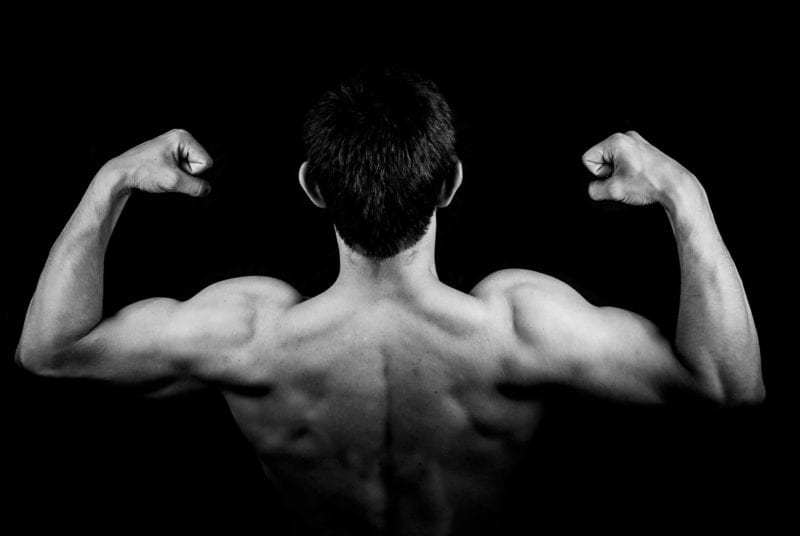Orthopaedist – “To straighten up children.” Orthopaedics is a surgical subspecialty that in the past devoted much of its time to treating musculoskeletal deformities in children. Now with improved prenatal diagnosis and better nutrition, orthopaedists still treat children with spine and limb deformities but also adults with complicated bone fractures, damaged tendons or ligaments, or needing surgery to replace a damaged hip or knee joint.
Rheumatologist – “To study the flux of fluids.” Say, what? Rheuma is an old medical term for a watery discharge. Among other diseases, rheumatologists treat joint diseases such as the various forms of arthritis including rheumatoid arthritis. Inflamed joints accumulate “fluid” and swell among other signs and symptoms. This medical subspecialty also evaluates and treats osteoporosis, tendonitis, gout and lupus among many other chronic musculoskeletal pain disorders.
Osteopath/osteopathic physician (D.O.) – The name sounds like a specialty limited to bone disease, but actually, osteopathic physicians are one of two arms of the medical profession that differ in history and philosophy. At one time there were many kinds of medical schools originating from various philosophies; allopathic, osteopathic, homeopathic. Osteopathy originated in the 1890s in response to despair at the lack of effectiveness of many forms of then primitive treatments. Osteopathy developed an emphasis on the influence of the musculoskeletal system and its interrelationship to other body systems. D.O.s make use of osteopathic manipulation (bones, ligaments, joints) along with medication, surgery and all other medical treatments used by M.D. physicians. Also, preventive care has always been a major emphasis of osteopathic care. M.D.s and D.O.s are licensed by all state medical boards. Learn about the doctor of osteopathic medicine program at Des Moines University.
Podiatrists, traditionally known as “foot doctors,” are surgical subspecialists in diseases and structural problems of the feet. They not only provide care for corns, calluses, ingrown toenails and heel spurs, but also treat foot and ankle injuries, deformities and diseases. Many systemic diseases manifest signs and symptoms in appearance of the feet such as poor wound healing in diabetes. They also can prescribe special shoes and inserts to treat chronic foot pain and walking problems. Podiatrists may further specialize in sports medicine, geriatrics or diabetic foot care. Learn about the doctor of podiatric medicine program at Des Moines University.
Physical therapist – This health care professional has at least two years of specialized training beyond a college degree. PTs are rehabilitation specialists treating a multitude of medical problems including patients recovering from joint surgery, limb amputation, a stroke, heart attack and suffering with chronic neuromuscular diseases. In addition to other treatment modalities, they teach patients exercises to strengthen their body, increase mobility and how to prevent recurrence of injury. Learn about the doctor of physical therapy program at Des Moines University.
Arthroscopy – A fiberoptic instrument is introduced into a joint cavity in order to visualize surfaces of bones entering into a joint, find tears in internal joint structures and evaluate sources of inflammation.
Bone scan – A radioactive element in very small amounts, not enough to cause any radiation injury to the patient, is introduced into the blood stream. The specially selected element accumulates in bone and using a much more sophisticated version of the old Geiger Counter instrument, the distribution of the element is used to diagnose potential bone tumors among other bone pathologies.

Electromyography – A big, scary word! But, you are experienced by now in taking them apart. I like to start at the end and work backward: “a recording of muscle electrical activity.” Fine needles are introduced into muscles in order to make recordings of contractile activity. This procedure is useful in evaluating causes of paralysis, diagnosing muscular dystrophy and other neuromuscular disorders.
Muscle biopsy – Cutting out a small tissue sample of muscle in order to examine it under a microscope. This procedure can be useful in diagnosing muscular dystrophy and other neuromuscular disorders.